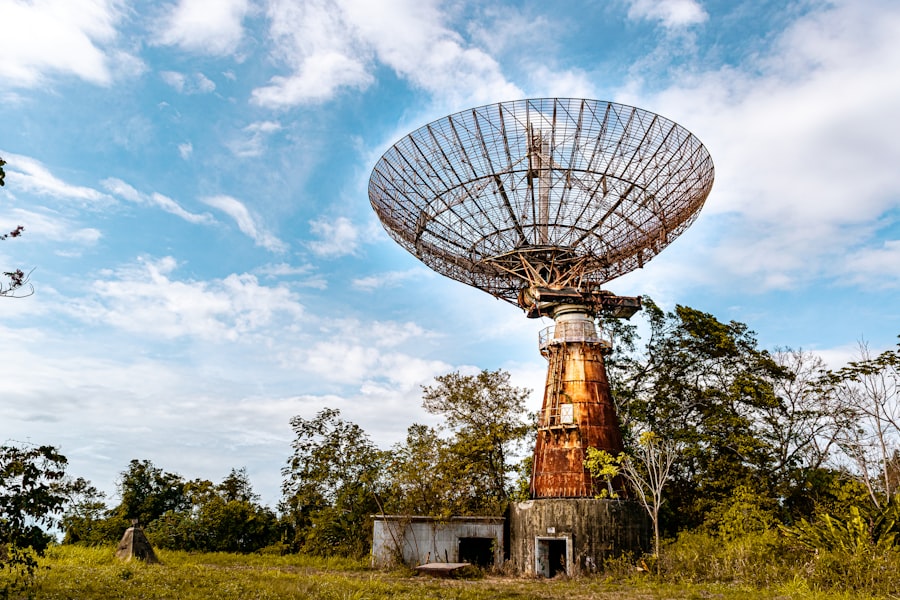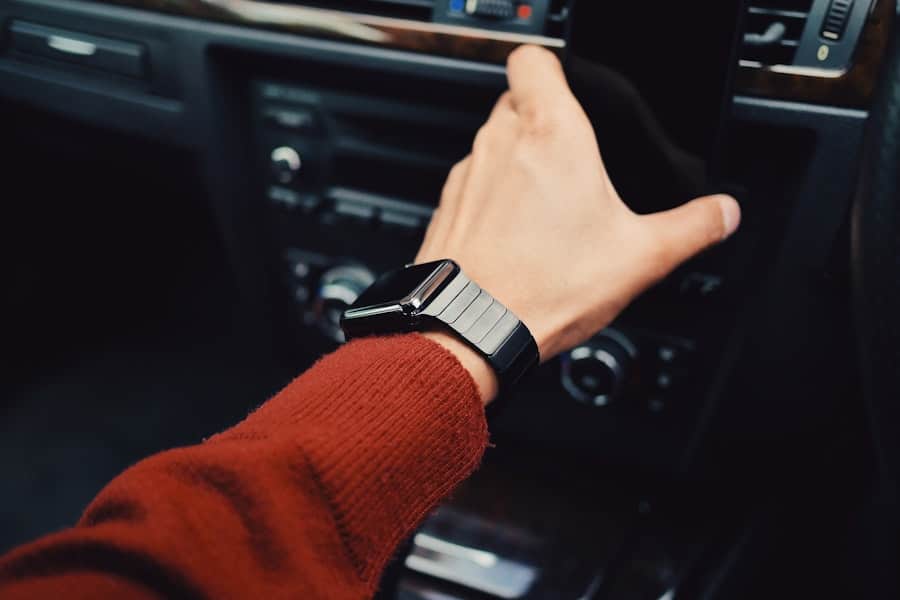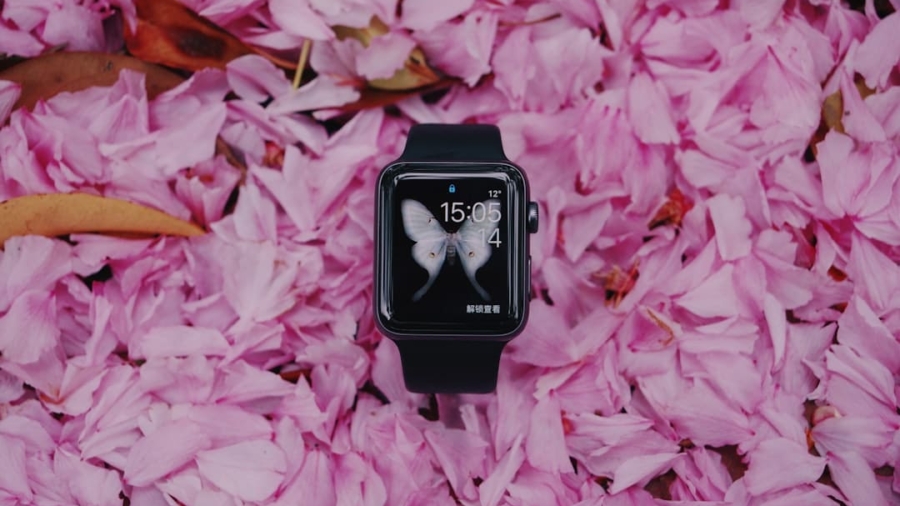In recent years, the proliferation of wearable technology has transformed various aspects of health monitoring, with sleep apnea management being a significant area of focus. Sleep apnea, a condition characterized by repeated interruptions in breathing during sleep, affects millions of individuals worldwide. Traditionally, diagnosing and monitoring this disorder required cumbersome equipment and overnight stays in sleep clinics.
However, advancements in wearable technology have made it possible for patients to track their sleep patterns and apnea events from the comfort of their homes. This shift not only enhances patient convenience but also encourages proactive management of the condition. The rise of wearable devices has been fueled by the increasing awareness of sleep health and the importance of quality sleep.
As more people recognize the detrimental effects of sleep apnea on overall health—such as increased risk for cardiovascular diseases, diabetes, and cognitive decline—there is a growing demand for accessible and user-friendly monitoring solutions. Wearable technology, including smartwatches, fitness trackers, and specialized sleep monitors, has emerged as a viable alternative to traditional polysomnography. These devices leverage advanced sensors and algorithms to provide real-time data on sleep quality, making it easier for individuals to understand their sleep patterns and seek appropriate medical intervention when necessary.
Key Takeaways
- Wearable technology has seen a rise in monitoring sleep apnea, providing a convenient and non-invasive option for patients.
- Using wearables for sleep apnea monitoring at home can offer benefits such as real-time data collection, comfort, and cost-effectiveness.
- Different types of wearables, including wristbands, smartwatches, and patches, are available for sleep apnea monitoring, catering to individual preferences and needs.
- Wearables track and monitor sleep apnea symptoms through various methods such as heart rate monitoring, oxygen saturation levels, and movement tracking.
- Integrating wearables with treatment plans for sleep apnea can provide healthcare professionals with valuable insights and improve patient outcomes.
Benefits of Using Wearables for Sleep Apnea Monitoring at Home
One of the primary benefits of using wearables for sleep apnea monitoring is the convenience they offer. Unlike traditional methods that require patients to spend a night in a sleep lab, wearables allow individuals to monitor their sleep in their own environment. This not only reduces anxiety associated with clinical settings but also provides a more accurate representation of an individual’s typical sleep patterns.
Patients can wear these devices every night without the need for extensive setup or disruption to their routine, leading to more consistent data collection. Additionally, wearables often come equipped with features that promote better sleep hygiene. Many devices provide insights into sleep stages, duration, and quality, enabling users to identify factors that may be contributing to their sleep disturbances.
For instance, a user might discover that their sleep quality deteriorates after consuming caffeine late in the day or that certain environmental factors, such as noise or light levels, impact their ability to stay asleep. By gaining this knowledge, individuals can make informed lifestyle changes that may alleviate symptoms of sleep apnea and improve overall sleep quality.
Types of Wearables Available for Sleep Apnea Monitoring

The market for wearable technology has expanded significantly, offering a diverse range of devices specifically designed for monitoring sleep apnea. Smartwatches are among the most popular options, as they often include built-in heart rate monitors and accelerometers that can track movement during sleep. Brands like Apple and Fitbit have integrated advanced sleep tracking features into their devices, allowing users to monitor their sleep stages and detect potential apnea events.
In addition to smartwatches, there are specialized devices designed exclusively for sleep monitoring. These include headbands equipped with EEG sensors that measure brain activity during sleep or chest straps that monitor respiratory patterns. For example, devices like the SleepScore Max utilize sonar technology to analyze breathing patterns and provide insights into sleep quality without requiring physical contact with the user.
Such innovations highlight the versatility of wearable technology in addressing the unique needs of individuals suffering from sleep apnea.
How Wearables Track and Monitor Sleep Apnea Symptoms
Wearable devices employ a variety of sensors and algorithms to track and monitor symptoms associated with sleep apnea. Most commonly, these devices utilize accelerometers to detect movement during sleep, which can indicate periods of restlessness or awakenings. Additionally, heart rate monitors can provide valuable data on changes in heart rate variability that may occur during apnea episodes.
Some advanced wearables also incorporate pulse oximetry to measure blood oxygen levels, which is crucial for identifying desaturation events commonly associated with obstructive sleep apnea. The data collected by these wearables is often analyzed using sophisticated algorithms that can differentiate between normal breathing patterns and those indicative of apnea events. For instance, if a device detects a significant drop in oxygen saturation combined with irregular heartbeats during the night, it may flag this as a potential apnea episode.
Users can then review this data through companion apps that provide visualizations and trends over time, enabling them to understand the severity and frequency of their symptoms better.
Integrating Wearables with Treatment Plans for Sleep Apnea
The integration of wearable technology into treatment plans for sleep apnea represents a significant advancement in personalized healthcare. By providing continuous monitoring capabilities, wearables can help healthcare providers tailor treatment strategies based on real-time data rather than relying solely on periodic assessments. For example, if a patient using a wearable device reports frequent apnea events despite being on continuous positive airway pressure (CPAP) therapy, their healthcare provider can adjust the pressure settings or explore alternative treatment options.
Moreover, wearables can facilitate better communication between patients and healthcare professionals. Many devices allow users to share their sleep data directly with their doctors through secure platforms or apps. This capability fosters collaborative decision-making and empowers patients to take an active role in managing their condition.
As healthcare continues to evolve towards more patient-centered approaches, the integration of wearables into treatment plans is likely to become increasingly common.
Challenges and Limitations of Using Wearables for Sleep Apnea Monitoring

Despite the numerous advantages offered by wearable technology in monitoring sleep apnea, several challenges and limitations persist. One significant concern is the accuracy of data collected by these devices compared to traditional diagnostic methods like polysomnography. While wearables can provide valuable insights into sleep patterns, they may not always capture the full complexity of sleep disorders.
Another challenge is the potential for user error or misinterpretation of data. Many individuals may not fully understand how to use their devices effectively or may misinterpret the information provided by companion apps.
This could lead to unnecessary anxiety or complacency regarding their condition. Furthermore, the reliance on technology raises questions about data privacy and security; users must be cautious about how their health information is stored and shared.
Tips for Choosing the Right Wearable Device for Sleep Apnea Monitoring
When selecting a wearable device for monitoring sleep apnea, several factors should be considered to ensure it meets individual needs effectively. First and foremost, users should evaluate the accuracy and reliability of the device’s tracking capabilities. Researching reviews and clinical studies related to specific models can provide insights into their performance in detecting apnea events and other relevant metrics.
Additionally, compatibility with smartphones and other devices is crucial for seamless data access and sharing. Many wearables come with companion apps that enhance user experience by providing detailed analytics and trends over time. Users should also consider comfort; since these devices are worn during sleep, they should be lightweight and unobtrusive to avoid disrupting rest.
The Future of Wearable Technology in Sleep Apnea Management
Looking ahead, the future of wearable technology in managing sleep apnea appears promising as innovations continue to emerge at a rapid pace. One potential development is the integration of artificial intelligence (AI) into wearable devices, enabling them to learn from user data over time and provide personalized recommendations for improving sleep quality. For instance, AI algorithms could analyze patterns in breathing and heart rate variability to suggest optimal sleeping positions or lifestyle changes tailored to individual needs.
Moreover, advancements in sensor technology may lead to even more accurate monitoring capabilities. Future wearables could incorporate additional biometric sensors that measure variables such as skin temperature or galvanic skin response, providing a more comprehensive picture of an individual’s physiological state during sleep. As research continues to uncover the complexities of sleep disorders like apnea, wearable technology will likely play an increasingly vital role in both diagnosis and ongoing management.
In conclusion, as wearable technology continues to evolve and integrate into healthcare practices, its impact on sleep apnea management will likely grow significantly. The combination of convenience, real-time data collection, and personalized insights positions wearables as essential tools for individuals seeking to understand and manage their condition effectively.
A related article discussing the best apps for Facebook in 2023 can be found here. This article explores how various apps can enhance the user experience on the popular social media platform. It is interesting to see how technology continues to evolve and improve different aspects of our daily lives, from social networking to health monitoring like in the case of wearables assisting sleep apnea monitoring at home.
FAQs
What are wearables?
Wearables are electronic devices that can be worn on the body as accessories or implants. They are designed to perform a specific function and are often used for tracking information related to health and fitness.
What is sleep apnea?
Sleep apnea is a sleep disorder characterized by pauses in breathing or instances of shallow or infrequent breathing during sleep. It can lead to poor quality of sleep and has been linked to various health issues such as high blood pressure, heart disease, and stroke.
How do wearables assist in monitoring sleep apnea at home?
Wearables can track various parameters such as heart rate, oxygen levels, and movement during sleep. These data can be used to identify patterns indicative of sleep apnea. By continuously monitoring these parameters, wearables can provide valuable information for diagnosing and managing sleep apnea from the comfort of one’s home.
What are the benefits of using wearables for sleep apnea monitoring?
Using wearables for sleep apnea monitoring allows for continuous and non-invasive tracking of sleep-related parameters. This can provide valuable insights into an individual’s sleep patterns and help in the early detection and management of sleep apnea. Additionally, it offers the convenience of monitoring sleep apnea at home without the need for frequent visits to a sleep clinic.
Are wearables a reliable tool for monitoring sleep apnea?
While wearables can provide valuable data for monitoring sleep apnea, it is important to note that they are not a replacement for professional medical diagnosis and treatment. Wearables can be used as a complementary tool for tracking sleep-related parameters and identifying potential signs of sleep apnea, but a formal diagnosis and treatment plan should be obtained from a healthcare professional.

